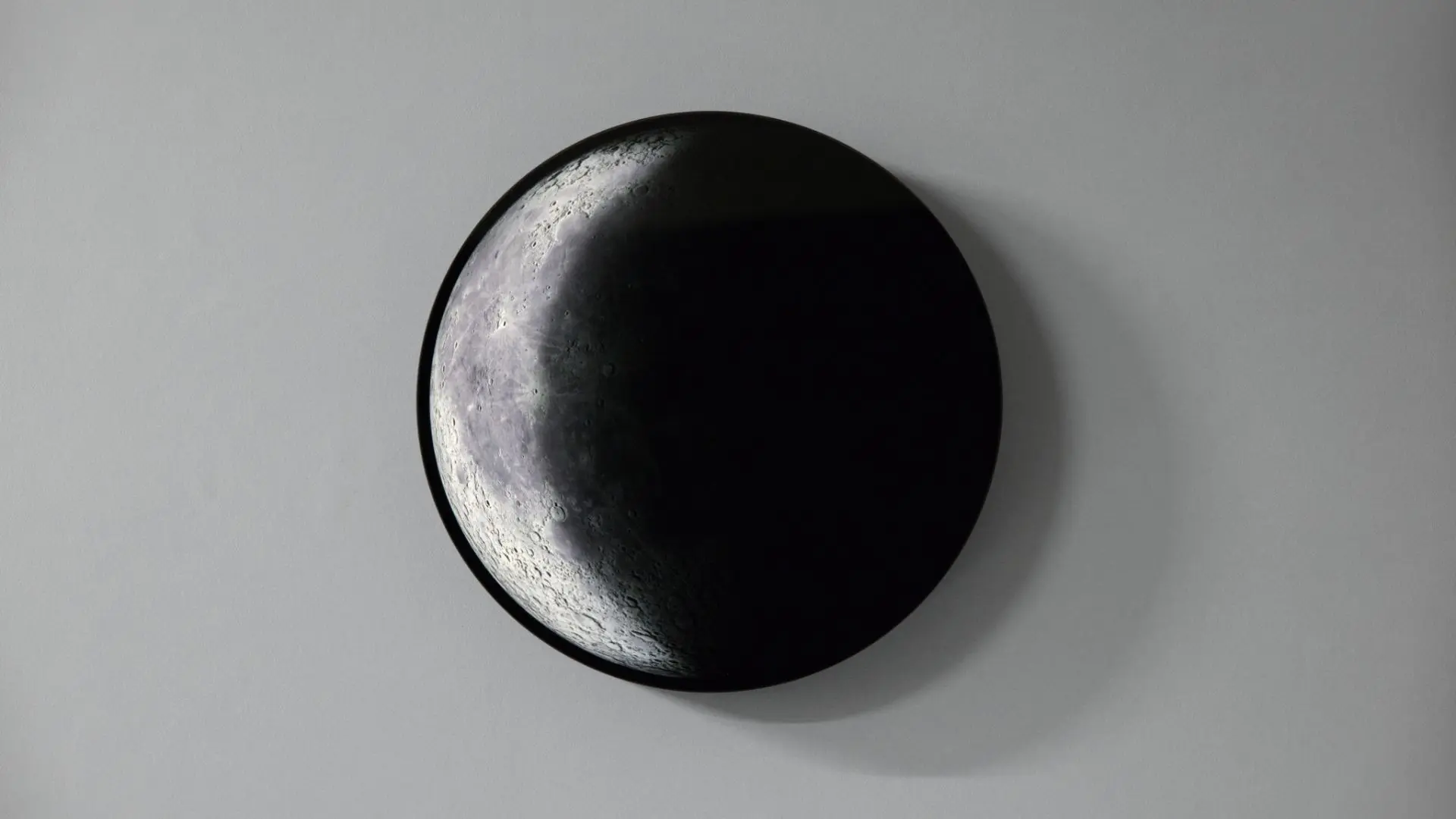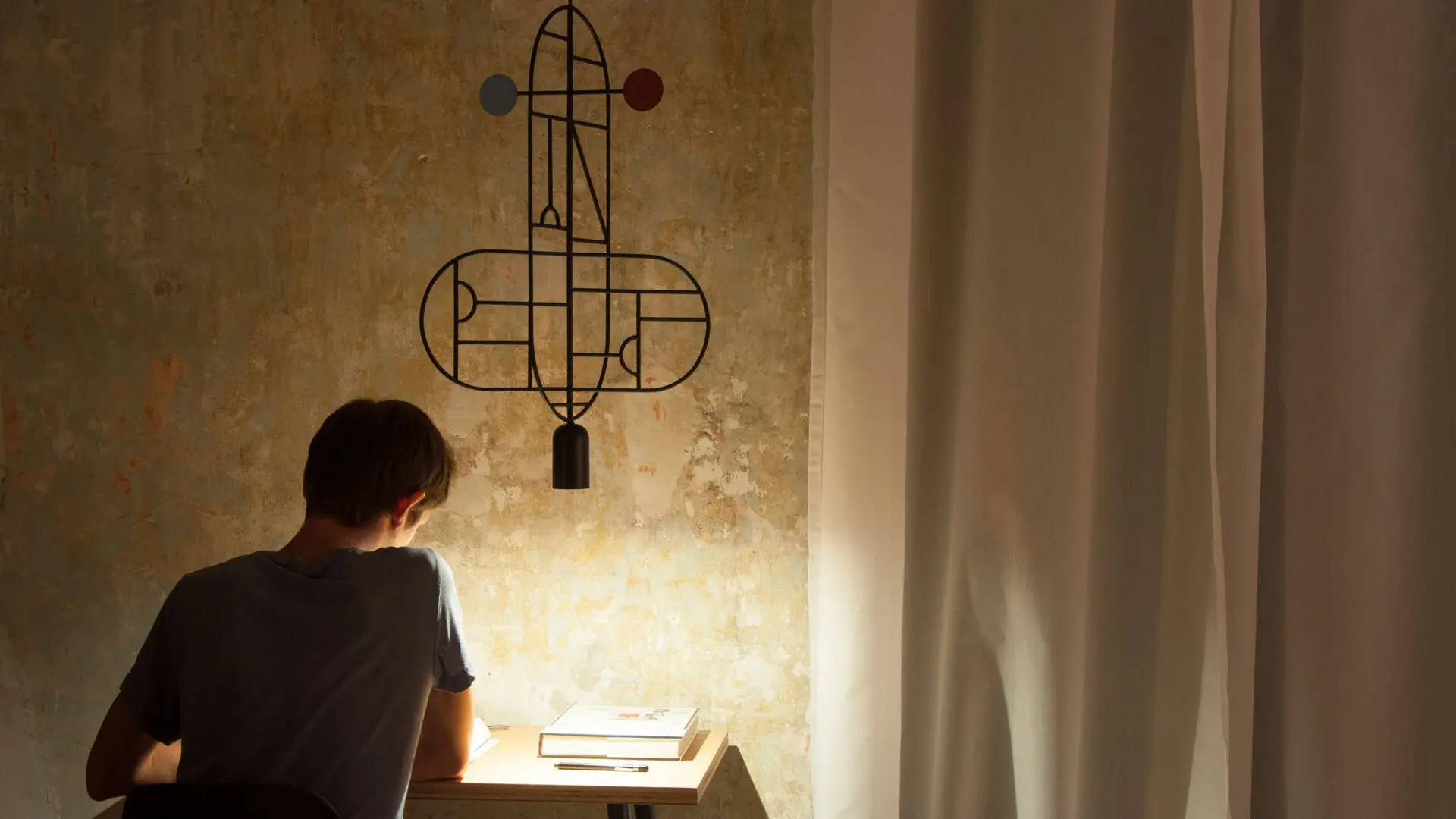We all consist of 10 times more bacteria than human cells
The creation of the Bacteria Lamp begins with the collection of bacteria samples from any surface: the lips of your lover, the place where you met, the ground from a special journey
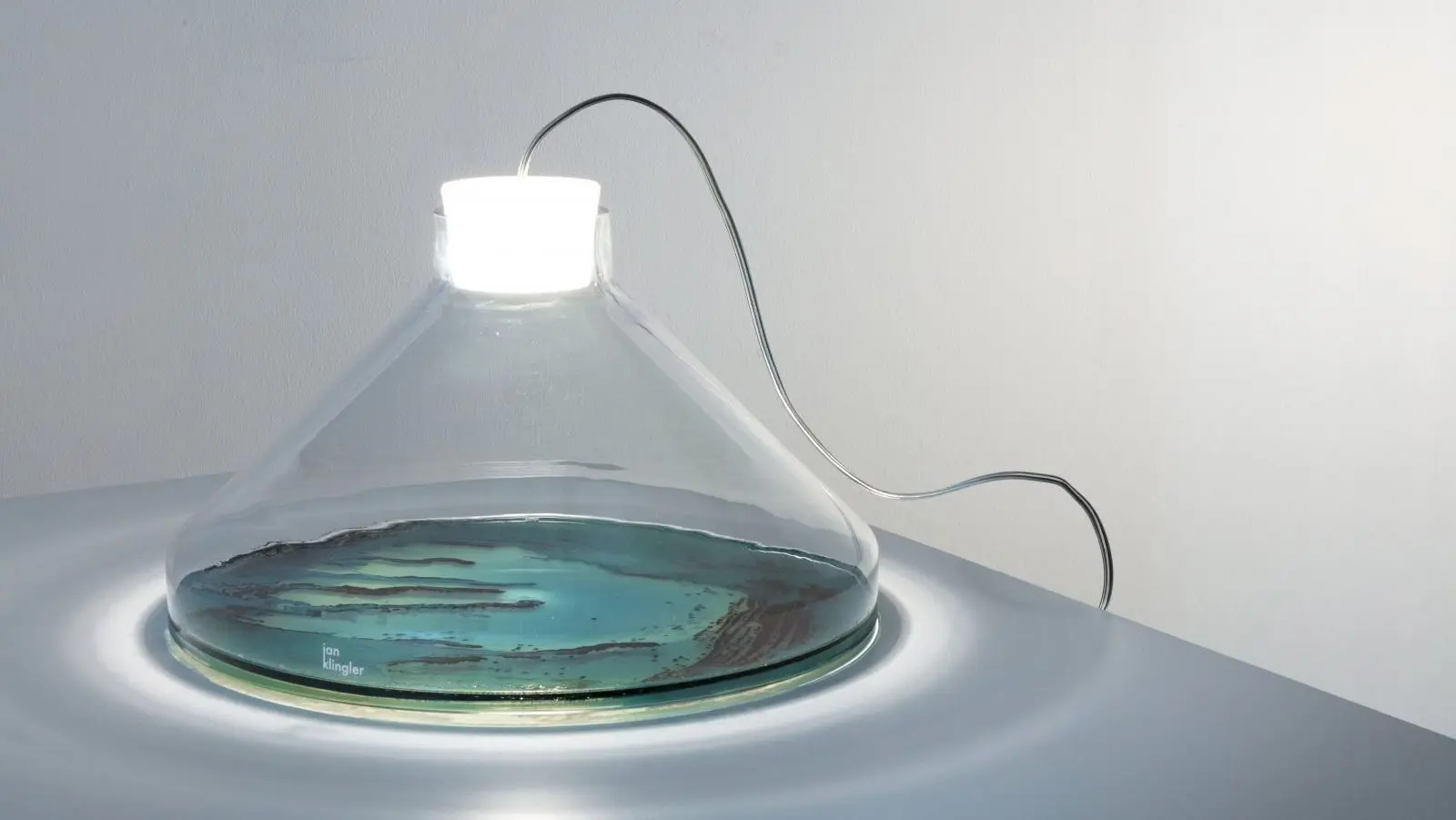
We all consist of 10 times more bacteria than human cells. Every living being and place has its own unique and personal microbiological fingerprint. In a crossover between science, art, and industrial design, the Bacteria Lamp uses this fact to create stand out conversational pieces.
Great design creates true emotions and German designer Jan Klinger knows how to move something inside you. As a commissioned work, the designer will then grow bacteria out of your sample and after 24 to 48 hours cover it with silicone, halting the growth and preserving it for good.
Completing the lamp is a mouthblown piece from the south of Sweden, fixing a unique creation, for its personal story, colors and shape.
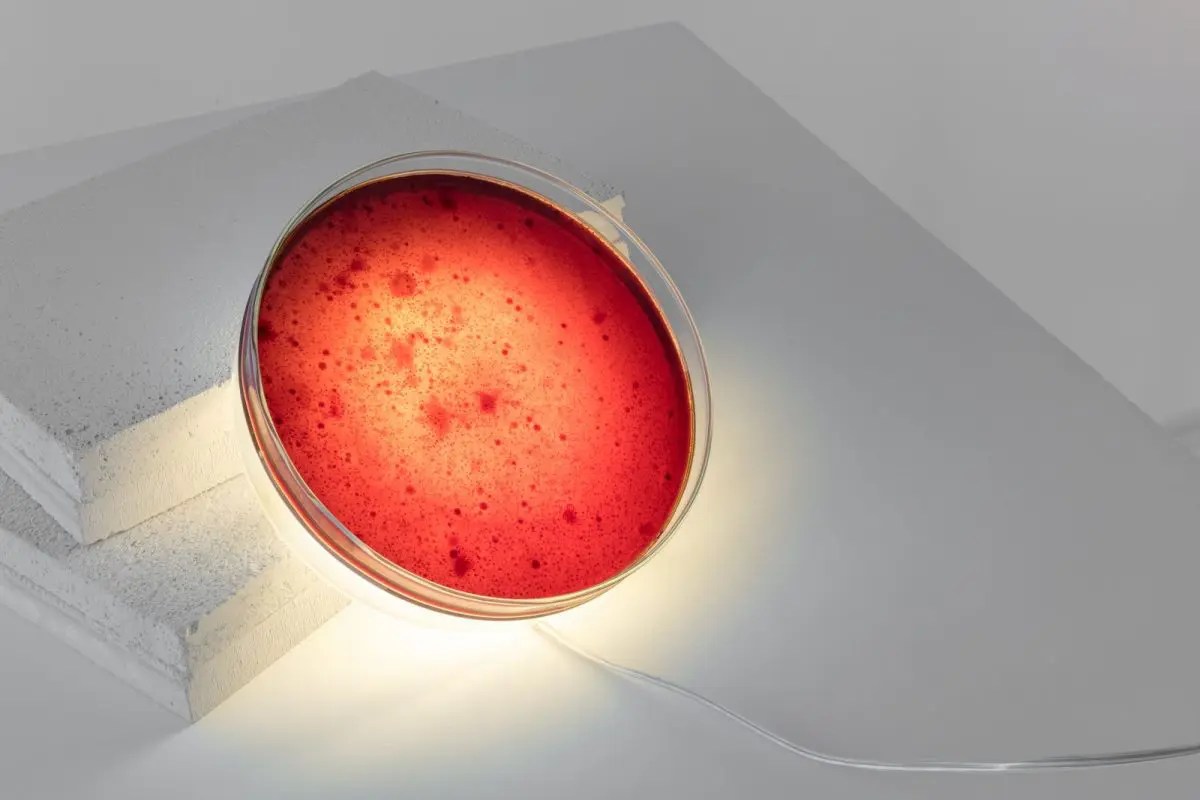
As 1 of the 10 winners of the contest ExpoWanted organized by DesignWanted for Milan Design Week 19, we had a chance to interview Jan Klinger, designer of the Bacteria Lamp to know more about this unique way of seeing bacteria in a new light.
Tell us about the Bacteria lamp, what makes it unique?
Jan Klinger:
“We all consist of 10 times more bacteria than human cells. Every living being and place has its own unique and personal microbiological fingerprint. I take samples from people, places or things that hold a position of importance and grow them into a unique piece in the form of commissioned work. May it be the location of a first date, a personal souvenir from a memorable journey, or the remainder of loved one far away – the possibilities are as individual as each one of us.
To efficiently and safely work in this new field of microbiology, I obtained the necessary knowledge with the support of Volkan Özenci, M.D., Ph.D., Associate Professor in Clinical Microbiology at Karolinska University Hospital in Stockholm, Sweden.”
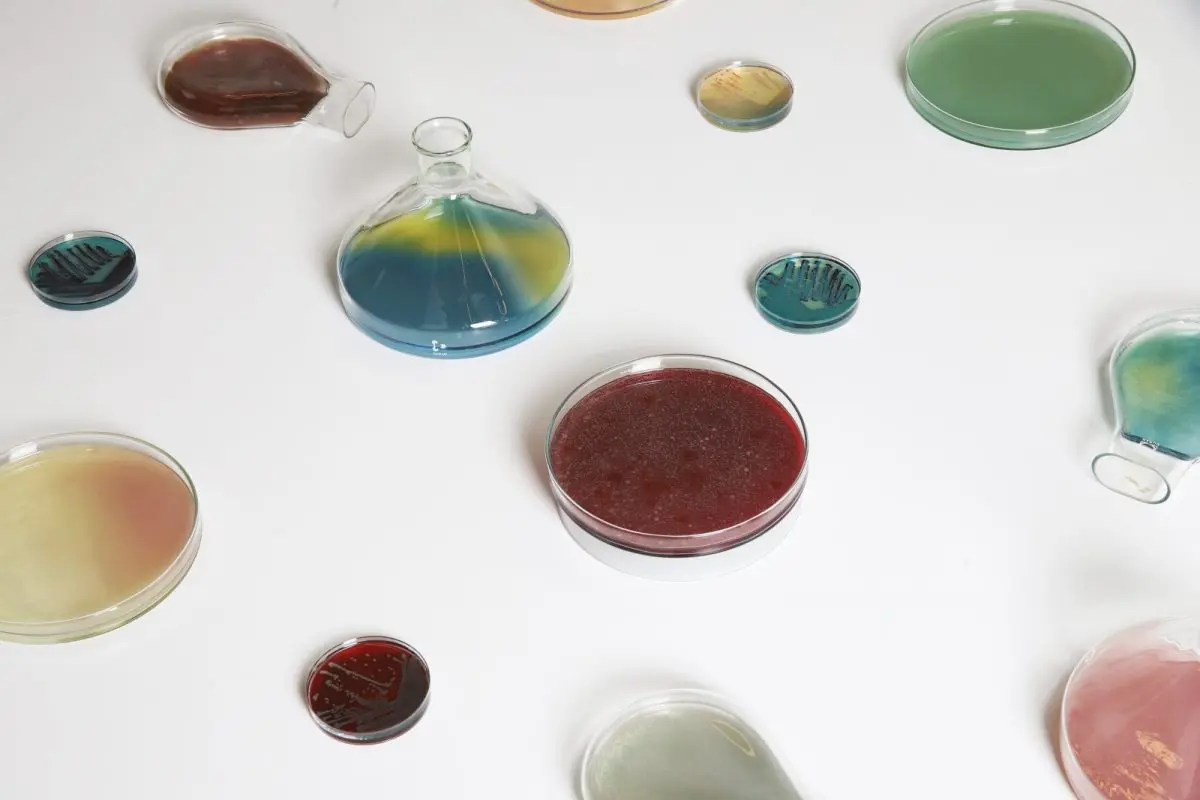
In between science and design, the bacteria take the role of the artist, surprising us almost every time with their growth patterns that will never be the same, even if the same microorganisms are used. Their colors are dependent on the species of the microorganism as well as their nourishment ground.
After a growth period of 24 to 48 hours, the microorganisms are fully sealed within a resin to stop the growth and to preserve them for eternity. Their results are visually highlighted through an LED light source that is incorporated into the custom silicone plug. The vessel itself is inspired by laboratory glassware and mouthblown exclusively for this project.”
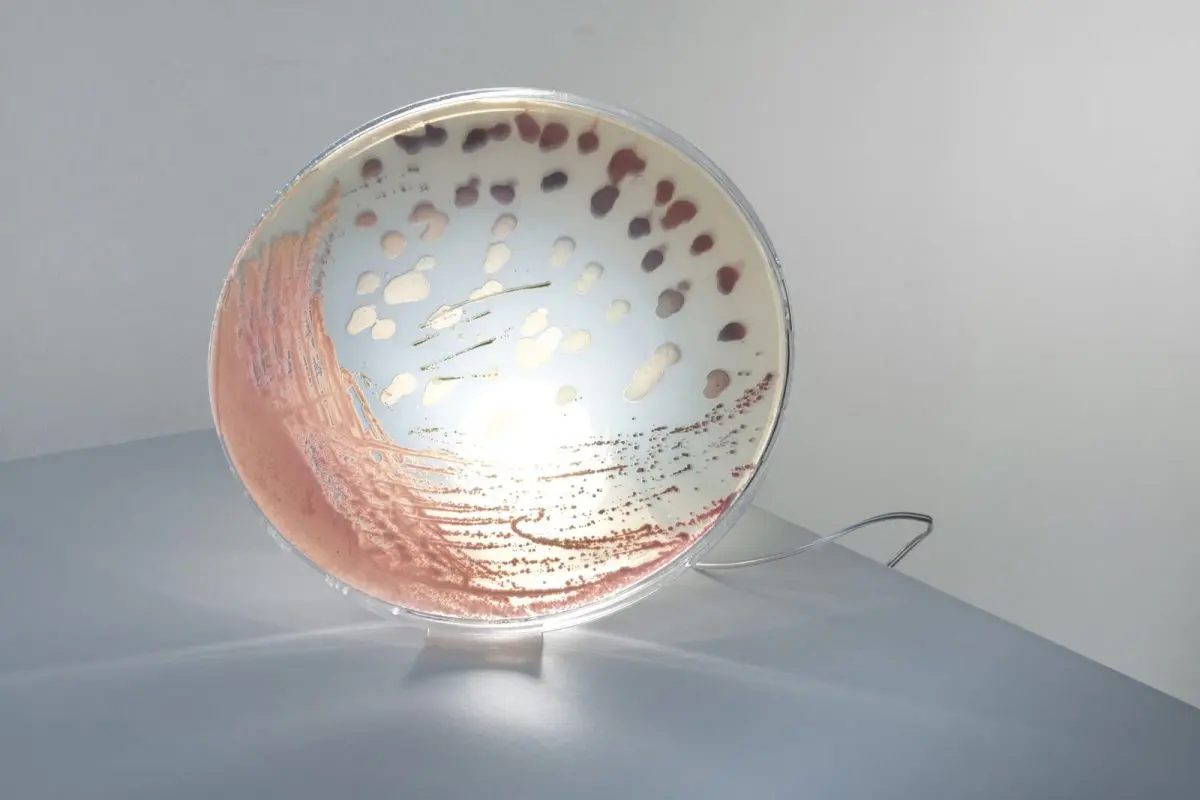
How was your experience with ExpoWanted?
Jan Klinger:
“To be able to exhibit with ExpoWanted during the Milan Design Week was a great platform to showcase my work. Doing it in a non-physical way in the form of being exhibited in a virtual reality environment was a first to me, and I assume that it will become a more and more prominent form of display in the near future.
Not being limited to the physical boundaries, the virtual exhibition space was airy and light and gave each exhibited piece room to completely express itself.
But of course, this technique still has its limit. As it is a 3D file it is mostly simplified and only based on only our vision it misses many other sensory effects that are evoked by the product in its physical form.”

How does the Bacteria Lamp respond to current design trends?
Jan Klinger:
“I think that many designers are looking for a purpose and meaning in their creative work. Triggered by the more and more critical view on our society of fast consumption, the bacteria lamp is the result of my search for a way to create strong and long-lasting relationships between my creations and their new owners.
My starting point was to look at my own personal belongings first. Having moved across borders 5 times during the last 9 years, they had been reduced to an all-time minimum. But next to the core necessities of things like clothing, there were also still quite a few oddities. For example, an aftershave that I am not able to use as it makes my skin turn red in an allergic reaction.
It is one of my most cherished and important belongings, but why? It is because of its background story. Being the only possession that I own from my passed grandfather, I immediately have flashbacks to happy moments in my childhood with him when I see and smell it.
Having this realization, I spent my time to find a way to create similar long-lasting, sustainable, deep relationships between my designs and their future owners. I wanted to design vessels for past memories that are personal. And this is eventually what I did. I designed a lamp that highlights it’s highly personalized contents: bacteria.”

What was the hardest part in the development of the Bacteria lamp?
Jan Klinger:
“In its innovative use of bacteria I had to place a large focus not only designing the lamp itself but also on the public perception of bacteria. Usually seen as a carrier of diseases, it is now a carrier of meaning in my body of work.
This is achieved through the fact that the hesitation is largely based on the invisibility of the microorganisms. Showing the beauty of them through their different bright colors and growing patterns, they attract people of all ages and backgrounds to take a closer look.
Every lamp will always be unique as we all have a different microbiological fingerprint. The micro-organisms take over as the artist, growing in sometimes unexplainable growing patterns. The bio-safety is guaranteed at all times as the bacteria are sealed airtight in a solid resin disk that also ensures to preserve their beauty by turning them into modern fossils.
Once the first spark of interest is evoked in the spectator, it is human nature to want to learn more. When hearing about how the lamps are created, it leaves them to experience an array of emotions, usually starting with uncertainty and ending with excitement.
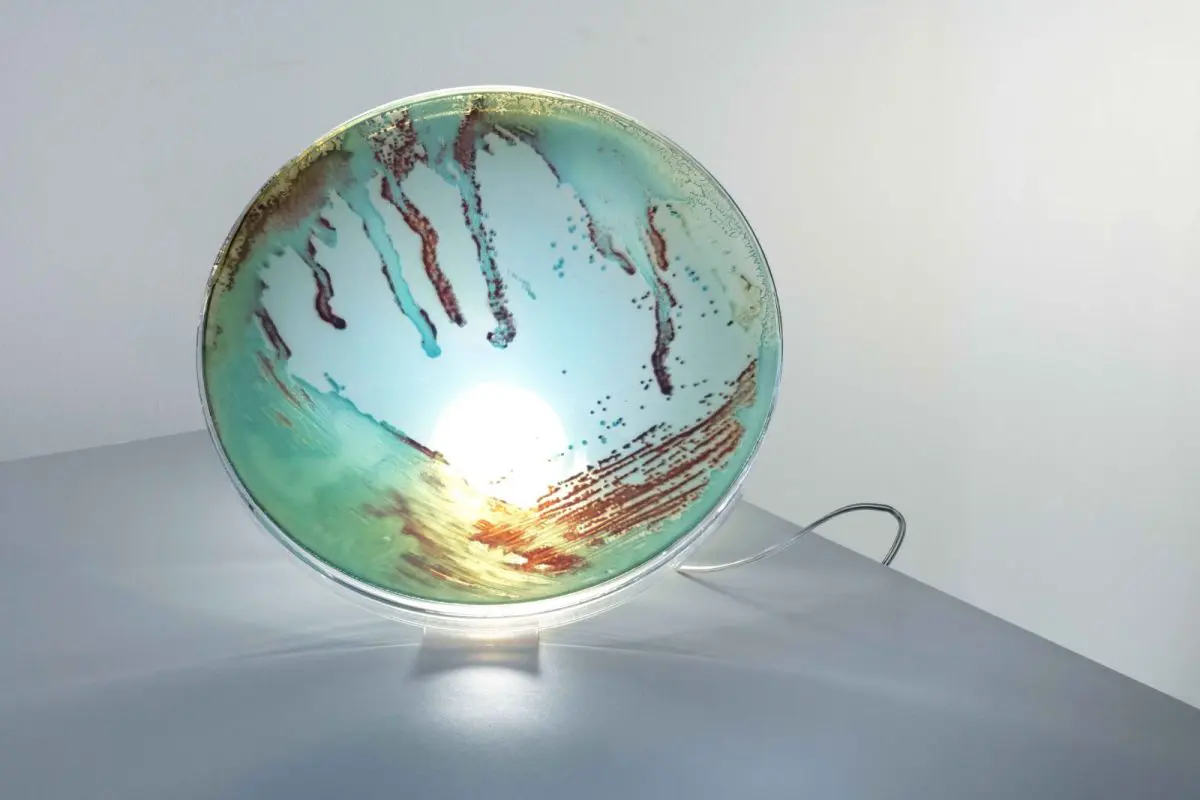
Everyone wants to connect with something that holds meaning to them, and the bacteria lamp provides a beautiful piece that is created in a truly innovative method that can carry the memory of a person or event with them for life.”
The educational effect of the bacteria lamp to the general public is something that has left microbiologists in awe, as they have usually have trouble to convey the same interest in the microorganisms when showing Petri dishes to people outside the field.
This brings me to the next point. This project would not have been possible without the help of Volkan Özenci, M.D., Ph.D., Associate Professor in Clinical Microbiology at Karolinska University Hospital in Stockholm, Sweden. Due to patience and diligence, we both were able to develop a common language between the world of design and science which allowed us to obtain a greater understanding of the different workflows and to set common objectives.”
What is the next step for the Bacteria lamp?
Jan Klinger:
“I have started to collect the necessary information to take the next steps. I am waiting to get biosafety approval before starting to produce commissioned work. In the meantime, I am taking information from potential customers via my website.“









